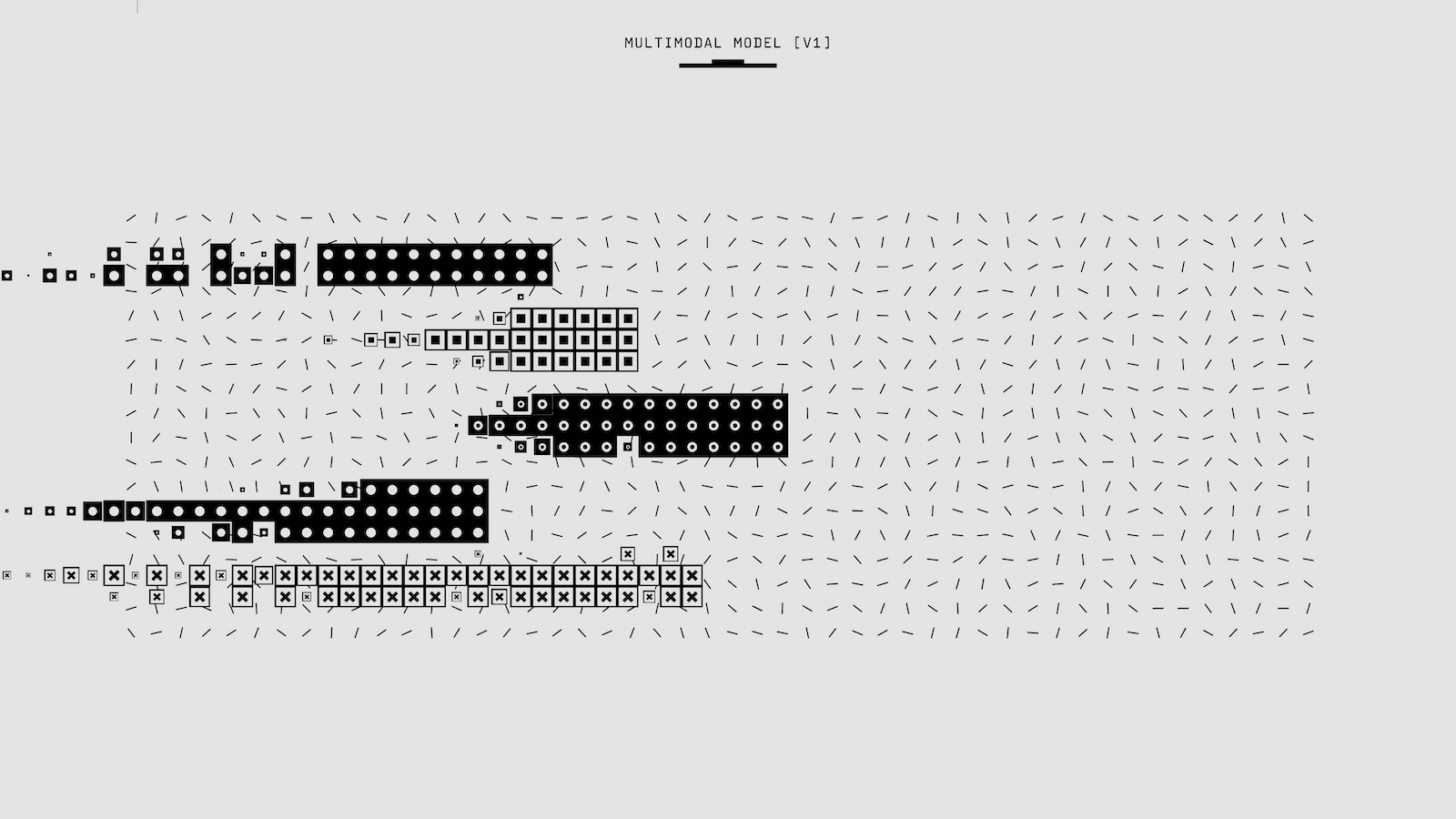In the complex world of insurance, underwriters and brokers play crucial roles — but they don't always see eye to eye. Brokers act as trusted advisors, helping clients find the right policies, while underwriters evaluate risks to keep coverage financially sound. Even though brokers and underwriters share an end goal, miscommunication and disconnected data often create friction between them.
What's the fix? Better data sharing and governance.
Here's why the two factors are key to improving collaboration, building trust, and driving efficiency across the insurance industry.
The Role of Data Sharing
Underwriters and brokers can benefit from seamless, secure data sharing with enhanced risk assessment. For example, brokers can send underwriters detailed client data about applicable risks, such as operational metrics or a history of claims, enabling the underwriter to evaluate the risk with much greater precision. Underwriters can also share dynamic insights with brokers, so they can create custom policies that might better suit client needs. In general, better data sharing could reduce redundant communications and ad hoc, manual entry, streamlining the process of issuing policies and processing claims.
Data Governance
While secure data sharing is essential, the data itself must also be governed, not only to enable compliance and security, but also to improve the confidence of both parties in the integrity and authority of the data to be shared. In terms of compliance, mandates such as the California Consumer Privacy Act (CCPA) in the U.S. and the General Data Protection Regulation (GDPR) and Solvency II in Europe require especially strong data governance capabilities to align data with these regulatory requirements. Additionally, data governance can establish rules about which users can access which data, to protect sensitive client and business information from breaches and misuse. Finally, data governance maintains accuracy across shared platforms, reducing errors and improving decision-making.
The Limitations of Current Technology
One would think that in this age of powerful data lake houses and other cloud platforms, data access, governance, and sharing would not be an issue. Although this is largely true, the gray areas of data lake houses — that is, the situations in which data lake houses alone cannot enable seamless collaboration — are becoming larger and larger.
Although data lake houses are considered capable of storing all data to support every need, they cannot store all data, and they will never be able to do so. During mergers and acquisitions (M&A), for example, the data resources of entire companies will be temporarily unavailable. And in the case of multi-cloud infrastructures, in which companies leverage the capabilities of different cloud providers, certain datasets or workloads will never be stored in the main, central lake house. Data-export restrictions, to comply with data privacy and other laws, are yet another reason why some data will always remain distributed.
From a collaboration perspective, when data is distributed, it is simply not immediately accessible, and therefore not governable, especially if it changes rapidly.
Even if a company did manage to keep all of its data in a data lake house, data lake houses have a few limitations with regard to collaboration. They lack universal-semantic-layer functionality, which means that some data within the lake house will not be immediately usable. Universal semantic layers automatically transform data from myriad applications and departmental silos into the form required by the end user. Similarly, data lake houses do not provide extensive search and discovery features with comprehensive access controls, presenting another obstacle to seamless underwriter-broker collaboration.
Logical Data Management: The Enabler
It is evident that underwriters and brokers need a solution — one that works either standalone or alongside data lake houses and other cloud platforms — and one that can connect disparate data sources and create a semantic layer above all of them, to enable seamless, secure, and governed data sharing, in real time.
One such solution is logical data management. This is a data management approach that operates differently from traditional, physically oriented data management approaches that rely on extract, transform, and load (ETL) processes. In contrast, logical data management platforms enable data management, including real-time access and governance, without first having to physically replicate data into a central repository. Organizations with data lake houses can easily implement logical data management platforms to include other cloud and on-premises data sources, even though the data may be geographically separated or otherwise in a functional silo.
Logical data management platforms enable insurers to create a unified view of all related data for brokers and underwriters. Leveraging APIs and open insurance standards, brokers and underwriters can use logical data management platforms to engage in seamless collaboration. AI-powered analytics can further enhance the potential of underwriter-broker collaboration, helping them to gain predictive insights in the realms of risk assessment and policy personalization.
The Missing Link
The entire insurance ecosystem benefits when underwriters and brokers can collaborate effectively and securely through the seamless sharing of well-governed data. For starters, policy issuance becomes faster, leading to shorter turnaround times, which helps improve client satisfaction and gives companies a competitive edge. With more accurate data, risk pricing becomes more precise, ensuring better profitability and fewer disputes. Plus, this collaboration enables the creation of client-focused solutions, offering policies tailored to specific needs and strengthening the relationship between brokers and their clients. On top of that, clear communication fosters trust and transparency and paves the way for long-term partnerships built on mutual respect.
As the industry continues to evolve, the need for seamless collaboration between brokers and underwriters is only going to grow. Embracing advanced data-sharing practices and strong governance helps bridge gaps and sets the groundwork for innovation, agility, and resilience in what's becoming an increasingly complex market.






